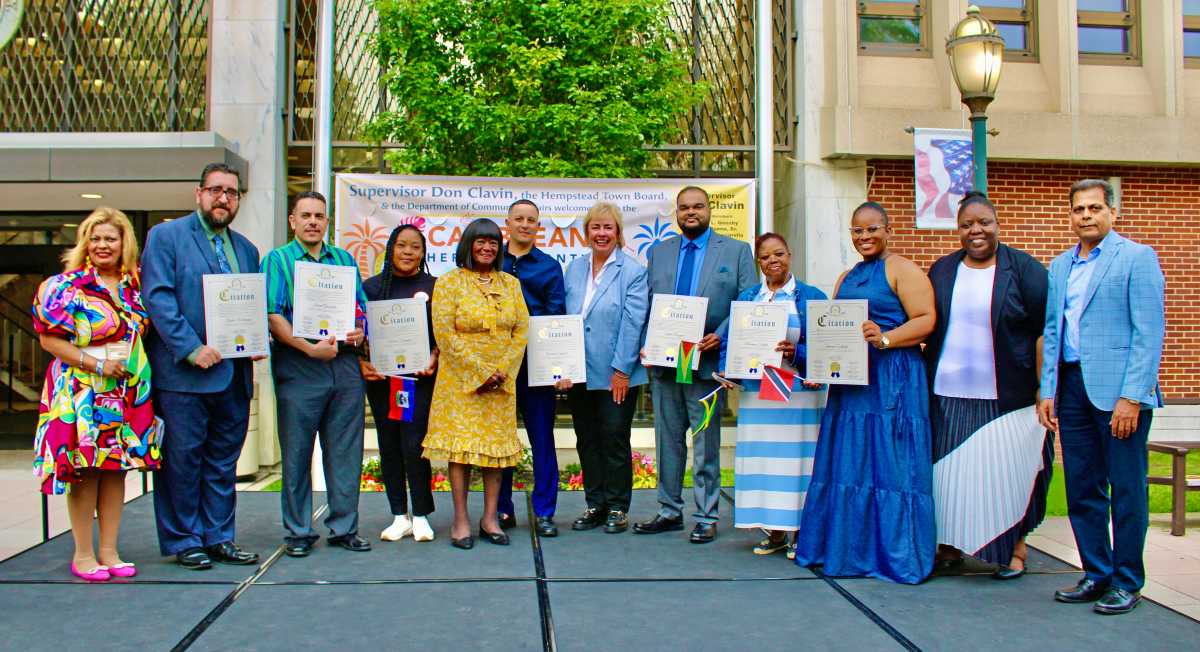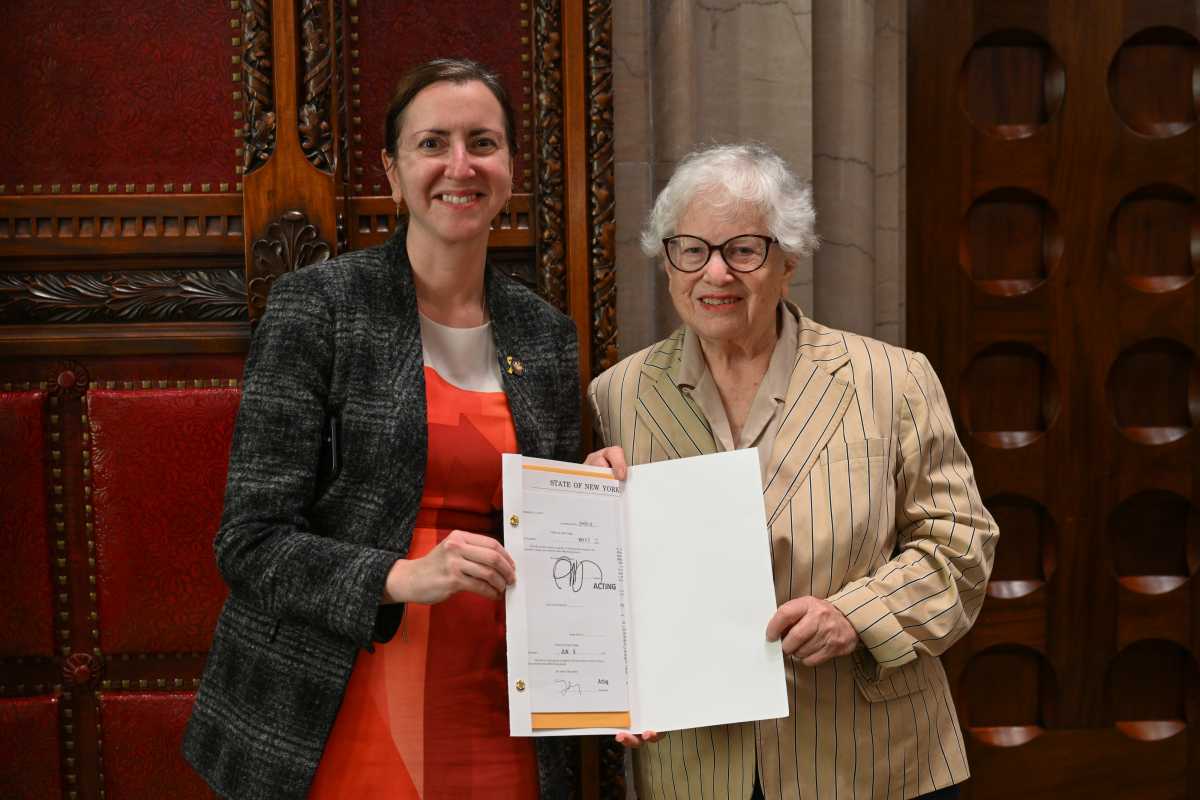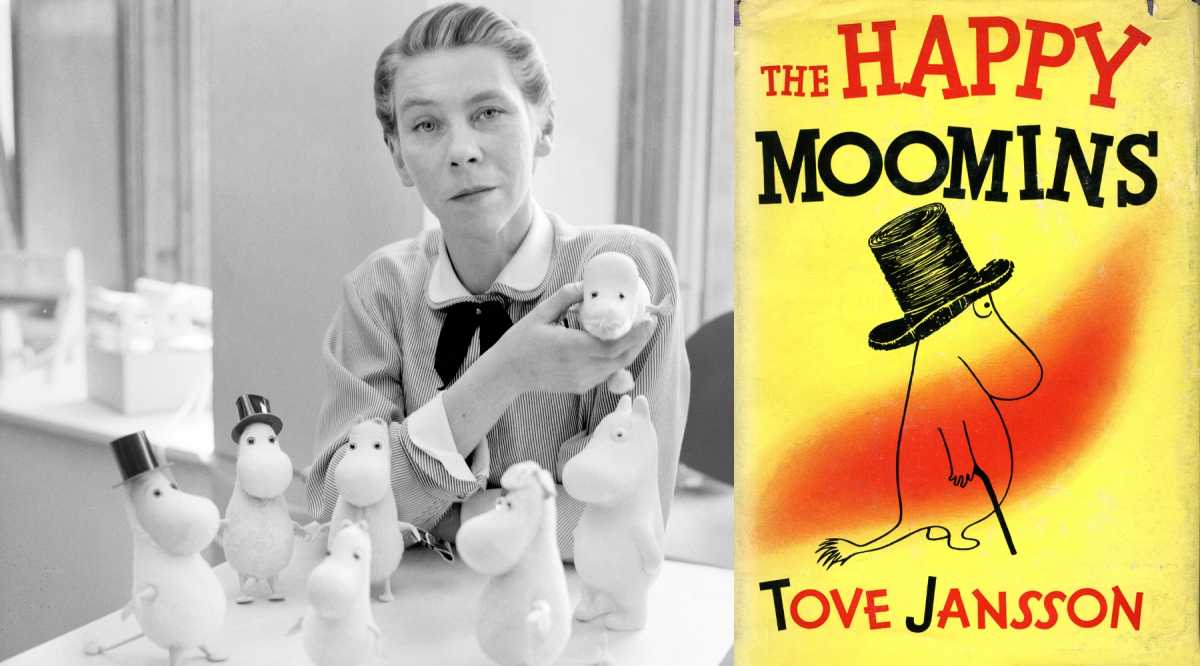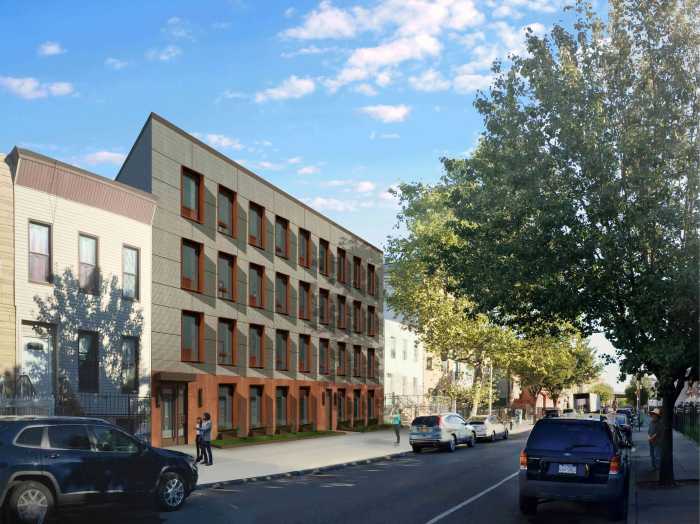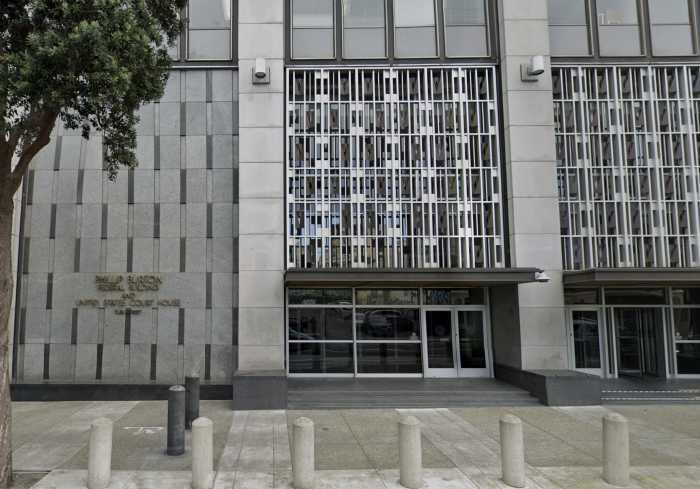
Supporters of a kooky, unique oasis of serenity on Nolita’s Elizabeth Street are fighting to preserve their fig trees and grass, herb garden and hydrangeas against a plan to build an affordable housing complex on the site.
They’re attending a 4:30 p.m. public hearing Thursday at the Lower Manhattan Development Corp., pleading with the organization not to give NYC’s Housing Preservation and Development $6 million for the construction.
The meeting, at the Borough of Manhattan Community College’s Fiterman Hall in TriBeCa, captures the excruciating choices facing an ever more expensive city that desperately needs affordable housing while an increasingly crowded, concrete metropolis has ever fewer grace notes and green space.
“People are constantly being asked to pit housing against green open space and it’s not fair: We have to have both,” said Emily Hellstrom, a neighborhood mom who is a member of Friends of the Elizabeth Street Garden. Hellstrom and others want the community-created arcadia transferred to the Parks Department from an owner who is currently leasing it from the city.
City Councilwoman Margaret Chin, elected on a platform to provide more affordable housing, wants to replace the garden with a 100-unit complex designated exclusively for low income senior citizens. “We as a city have a responsibility to our seniors to make sure that they age with dignity in the neighborhoods they helped build,” she said in a statement.
Hellstrom noted that Community Board 2 has proposed an alternative site at Hudson and Houston streets where five times as much housing could be built. But Chin’s spokesman said the need for housing is so acute that “both sites” might be desirable options, as one in five older people in the city live in poverty and pressures on aging tenants in the gentrifying district are tremendous.
Savvy, well-connected neighbors crusading to save the garden include actor Gabriel Byrne, who lives in a $3.4 million condo nearby and appeared in a six-minute video testifying to the garden’s importance in community life, and Kent Barwick, the president emeritus of the Municipal Arts Society who helped save Grand Central Terminal and who is now chair of the 400-member Friends of the Elizabeth Street Garden. group.
Allan Reiver, 72, the owner of the Elizabeth Street Gallery, which is adjacent to the garden tucked between Prince and Spring streets, began leasing the city-owned land under the garden in 1990 when it was a filthy dump. Reiver, an architect and ex-developer, wanted space to store the gigantic architectural artifacts he now sells, but he also transformed the eye sore into a transcendent planted green space with shade trees, vegetables and an herb garden. The verdant getaway, studded with imposing relics, attracts both wildlife (bees, hawks and hummingbirds) and, now, kids and adults who come for composting classes, yoga and tai chi, movies, meetings and gardening.
The garden — for which Reiver pays about $4,000 a month in a month-to-month lease — was not open to the public until three years ago, he said, when volunteers came forward and said, “they’d supervise the garden as long as I’d leave it open to the public.” (Volunteers say the garden is open 42 hours a week.) Reiver estimates he’s sunk about $2 million into the urban Eden but would gladly donate his “gathering site for the whole community” to the Parks Department.
“I don’t care about getting any of it back,” he said of the money. “I built this as my gift to the city. This is my legacy,” Reiver said.
Community Board 2 emphatically supports the garden’s preservation. “This site was chosen by the Bloomberg administration without any open process at all,” complained CB2 chair Tobi Bergman. CB2 “strongly supports new affordable housing,” in the district, Bergman explained, but wants HPD to work with the community instead of “imposing sites for housing in a way that circumvents community input.”
Many preservationists, including Reiver, point out that the Lower Manhattan Development Corp.’s (LMDC) own guidelines say funds should only be released for projects that have a “high level” of community support. “I haven’t seen any community support!” to demolish the garden, Reiver said.
“HPD applied to LMDC for support as a very preliminary step in the process, but there will be significantly more consultation with the local community and elected officials as HPD considers how to best use the site,” an HPD spokeswoman said in a statement.
“No decisions have been made on which projects will receive funding,” said an LMDC spokesman via Empire State Development, also in a statement.
Arelis Adames, 29, a school teacher who lives in an affordable housing complex directly south of the site with her husband, baby and mother, sighed as if in pain when asked her opinion. “It would be nice if there were more affordable housing: I know how hard it is” to find it, she said. “But if the garden continues being a public space, it really benefits all the neighbors and should stay,” she said.



